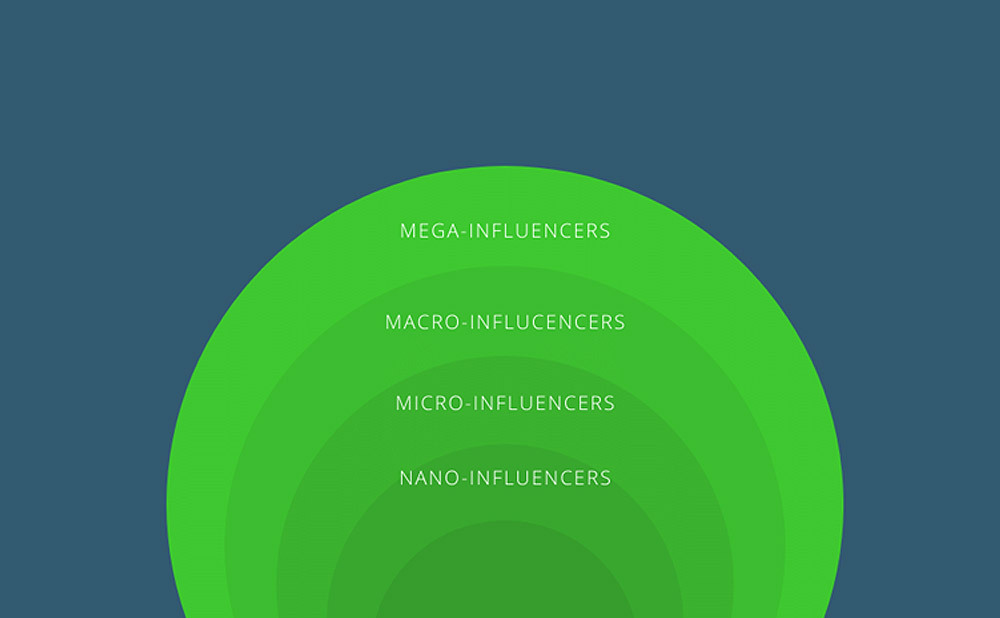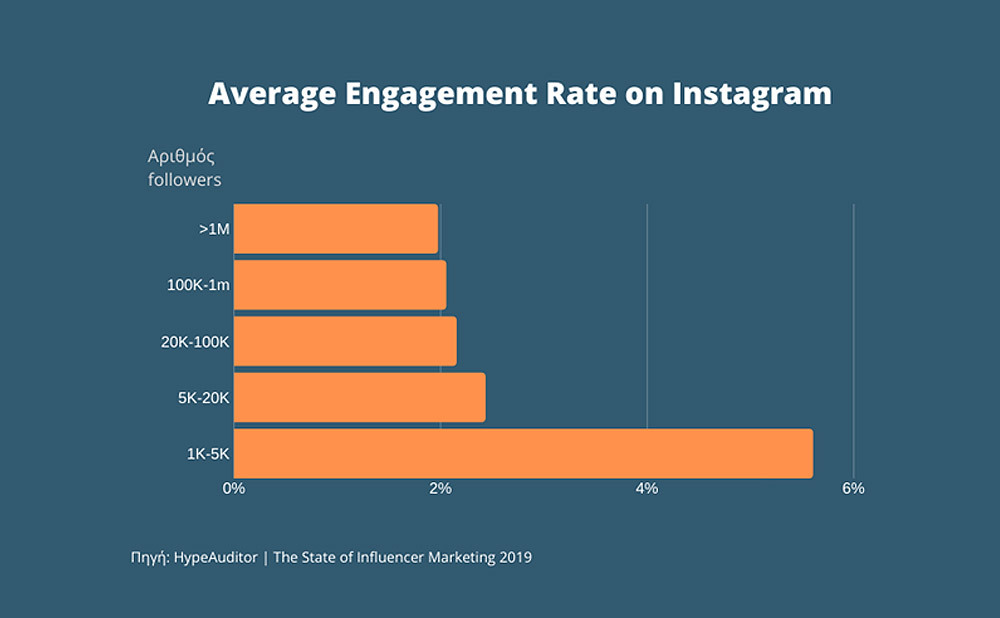Around 1765 a British potter, Josiaj Wedgwood, received an order from Queen Charlotte. Determined to make the most of this work, he received permission to use a royal seal and the line: “Potter to Her Majesty”. A few years later, Wedgwood became famous all around the world for his creations that carried the royal seal. Wedgwood was probably the first to use influencer marketing for his business, and he made it!
Influencer marketing in the digital era
As you can see, although we believe that influencers appeared with the evolution of social media, in fact they have always existed. Actually, there have been more media, more content choices and new ways of collaborating.

And let’s not forget, influencer marketing plays an important role in our digital strategy. 89% of marketers involved in influencer marketing say that the return on investment (ROI) is the same or better than the ROI of other marketing channels.
Influencing the public is certainly not easy. But new channels have brought audiences closer to those they admire, in various ways. In 2020 we all know more or less the concept of an influencer. An influencer can be a fashion blogger, a celebrity, a YouTuber, a streamer: anyone on the internet who has an audience, a kind of a reputation and can influence their network with their content.
We have now divided influencers into many categories depending on their power and their advertising appeal in digital marketing.
Mega-influencers & macro-influencers
A mega-influencer is usually a celebrity with millions of followers from a wide range of interests. Let’s keep in mind that a mega-influencer has such a great reputation that can affect many channels at the same time. The mega-influencers’ content can rapidly reach huge audiences. A mega-influencer is what a business that seeks mass brand awareness needs. In our example, the Queen of England was definitely a really mega-influencer of her time.
On the other hand, macro-influencers -or just influencers- have two basic huge differences from the mega ones: they have a smaller number of followers and they owe their power and growth to the internet and social media.

For many brands macro-influencers offer the best solution. They have created a loyal audience and have cultivated a strong relationship with it. They know their audiences well and this results in being able to influence them more effectively with the designed content.
A macro-influencer can be a great content creator for a brand. Of course for the reasons mentioned above, a macro-influencer will usually not jeopardise the audience’s trust for a bad sponsored. A fashion blogger who creates content for fashion and style will not easily sacrifice her newsfeed for something that does not fit her portfolio.
Briefly, macro-influencers offer:
- Professionalism: They have learned to work with brands while creating high quality content for their audience, which is a win-win for both parties
- Reputation: Some influencers have such a good engagement rate that they are ideal for brands that seek awareness & conversions.
- Audience Relevance: They are highly positioned in a highly targeted audience which will respond positively to related brands.
Micro-influencers or nano-influencers
The term micro-influencer appeared a few years ago. As micro-influencers we define influencers who have a significantly smaller audience than macro ones and their content-audience is much more specific.
For example, a fashion blogger with instagram posts only in Boho style may have a strong but limited audience.
This blogger won’t attract the broad audiences a macro-influencer would, unless the content gets differently shaped. It might not have such a wide appeal but it will be of high quality since the audience is accurate with what is promoted. As a result, micro-influencers have proportionately higher engagement rates.
As you can see, micro-influencers open up a different way of perceiving social media and influencer marketing. We would say, in a few words, that micro-influencers would be the ideal choice when our goal is mainly engagement and branding in smaller user communities.
This is definitely a headache for businesses with various brand guidelines, since it requires great communication with micro-influencers and even a Hub-Agency for their collaborating.
The nano-influencers marketing time
A few years ago we might have thought there was nothing less than micro-influencers. Nano-Influencers might not have a glamorous content or thousands of followers. They are the people next door. The concept is that they could be us really.
Although there is a theory that followers automatically mean influence, a nano-influencer can have much greater of an effect than one with hundreds or thousands of followers. The reason is that nano-influencers have a much closer relationship with their audience –they might even be friends.

It is estimated that an Instagram Account with 1.000-5.000 followers has twice the average engagement rate of other influencers categories. Consider that in the nano-influencers category are often included accounts with less than 1K followers, for this exact reason! Awesome?
Nano-influencers are a fresh trend that has come to stay. Actually, if you have an eShop you can create your own nano-influencers by promoting your good customers to make an instagram post for your shop and win a discount coupon.
The audience is the media itself, after all.
Key Opinion Leaders (KOLs)
We talked about a bunch of definitions for influencers, and suddenly here come the Key Opinion Leaders (KOLs). What does it take for an influencer to stand out as a Key Opinion Leader?

KOLs have something that makes them truly unique influencers: they are experts in their audience having real prestige.
KOLs are influencers with a very targeted audience who create content in something they know really well. Usually they have became popular from it. They are considered experts in their field and reliable.
An established KOL beauty blogger on YouTube can have a strong collaboration with a cosmetics brand, because her audience follows her advice on what cosmetics to buy and how to use them.
Each influencer category has something unique to offer to the company that will choose to work with.
Depending on the brand needs and mission, the influencer marketing should be accordingly adapted.






Join the Discussion